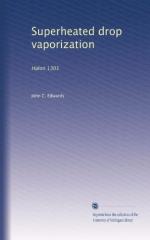|
This section contains 229 words (approx. 1 page at 300 words per page) |
Halons and other halocarbons (carbon- and halogen-containing compounds), such as chlorofluorocarbons (CFCs), are responsible for the breakdown of stratospheric ozone and the creation of the Antarctic ozone hole. Halons are a subset of a more general class of compounds known as halocarbons. Halons contain carbon, bromine, fluorine, and, in some cases, chlorine. Halons are entirely human-made and are used primarily in fire extinguishers.
One of the most common halons has the chemical formula CBrClF2, denoted as H-1211 in an industry-devised shorthand. The compounds live long enough in the atmosphere (eleven years in the case of H-1211) to reach the stratosphere, an upper region of the atmosphere located between fifteen and fifty kilometers above the earth's surface, where the sun's more intense ultraviolet (UV) radiation breaks down the molecule and releases chemically active bromine and chlorine atoms. These free atoms enter into cycles of chemical reactions that destroy ozone.
An international agreement known as the Montréal Protocol was forged in 1987 and subsequently amended to phase out and eventually end the use of ozone-depleting chemicals. Under the terms of the agreement, developed countries must first phase out the use of halons and other halocarbons. Developing countries are given additional time to acquire the new technologies needed to meet the requirements.
Bibliography
World Meteorological Organization. (2003). Scientific Assessment of Ozone Depletion: 2002. Global Ozone Research and Monitoring Project, Report No. 47. Geneva: Author.
|
This section contains 229 words (approx. 1 page at 300 words per page) |


